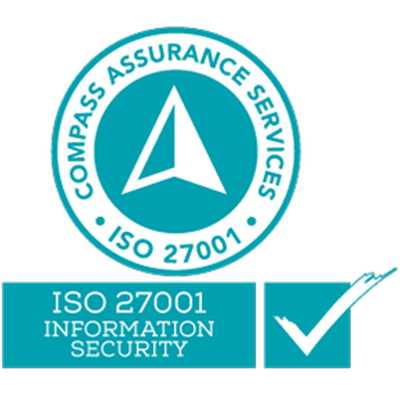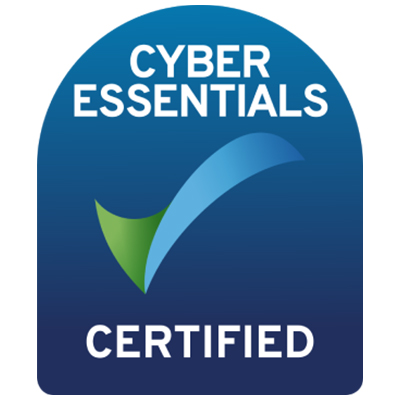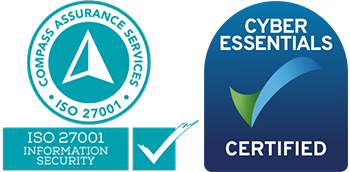
Material Risk Management and Critical Control Management
Material Risk Management and Critical Control Management are two pivotal components in ensuring organisational safety and operational efficiency, yet they serve distinct functions within a risk framework.
Material Risk Management is a proactive process focused on identifying, analyzing, and mitigating risks that have the potential to impact an organisation severely. This involves a comprehensive assessment of potential scenarios, often referred to as Material Unwanted Events (MUEs), which could significantly disrupt business operations or cause harm.
In contrast, Critical Control Management (CCM) zeroes in on the specific mechanisms, or controls, put in place to manage these identified risks. CCM emphasises implementing, monitoring, and reviewing these controls to ensure they are effective and meet performance expectations. It’s about ensuring that the right controls are in place and that they work as intended to mitigate the identified risks.
In essence, while Material Risk Management strategizes the risk management framework, CCM operationalises it, and our software is the tool that ensures both processes work in harmony for optimal risk mitigation.
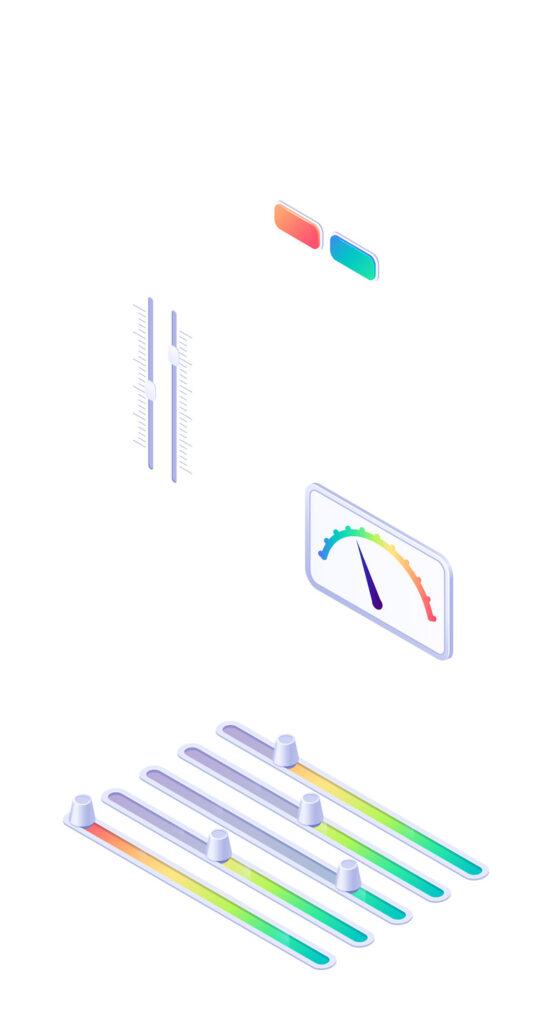
Common questions
About critical control management
Setting Performance Expectations
Practical Considerations for Setting Performance Expectations for Controls
Once you’ve identified your key risks, their causes, potential consequences, and the controls (including your critical controls), the next step is setting effective performance expectations for your controls. Here are some things that you can consider:
Control Type and Function: Understand the nature of each control (preventive, detective, corrective, etc.) and set expectations based on their specific functions. For example, preventive controls should have expectations related to preventing risk occurrences, while detective controls should focus on the timeliness and accuracy of detecting risks.
Control Effectiveness: Determine how you’ll measure the effectiveness of each control. Will it be through incident reduction rates, response times, or error rates? Choose metrics that directly relate to the control’s purpose.
Baseline Performance Levels: Assess the current performance of your controls. Establishing a baseline allows you to set realistic and achievable improvement goals.
Resource Availability: Consider the resources (budget, personnel, technology) available for implementing and maintaining controls. Ensure your expectations align with these resources.
External and Internal Factors: Be aware of external factors like regulatory changes or industry trends, as well as internal changes in your organization, which might influence control performance.
Stakeholder Input: Gather input from those who implement, monitor, or are affected by these controls. Their insights can highlight practical challenges and opportunities for improvement.
Regular Review and Adjustment: Set regular intervals for reviewing the performance against expectations. Be ready to adjust expectations in light of new information, changes in the risk environment, or control performance.
Documentation and Communication: Clearly document and communicate the performance expectations to all relevant parties. Transparency ensures everyone understands their roles and responsibilities in meeting these expectations.
Common Challenges
When implementing critical control management
Implementing a critical control management process is a complex task that often presents several challenges for organizations. The four most common challenges are:

Integrated Risk, Controls, and Assurance
CGR is a software solution for organisations working towards effectively identifying, analysing, managing, and providing risk assurance. With a bowtie approach that includes control libraries and the ability to run first and second-line assurance, CGR Foundation ensures that you can implement critical control management in your organisation.
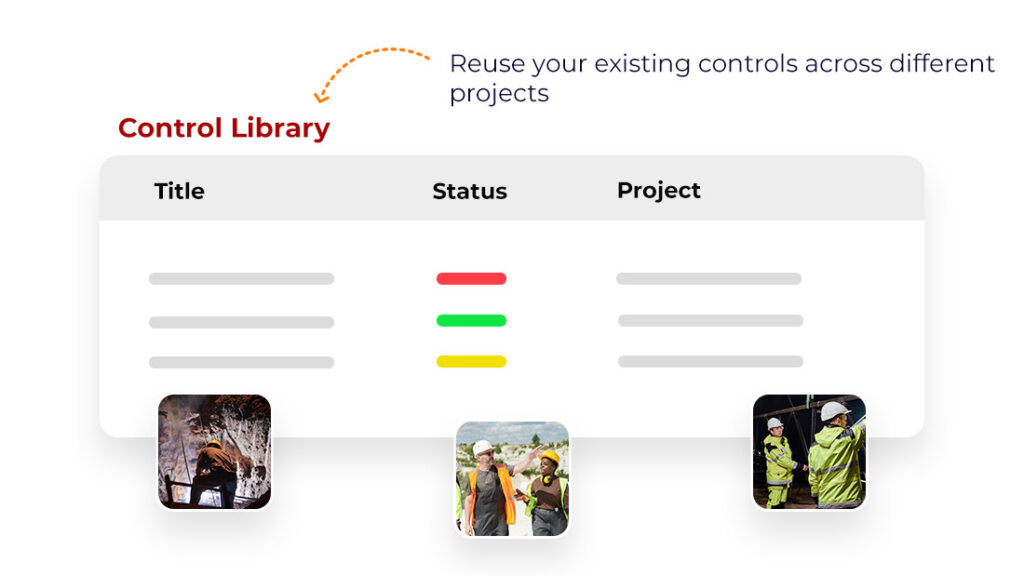
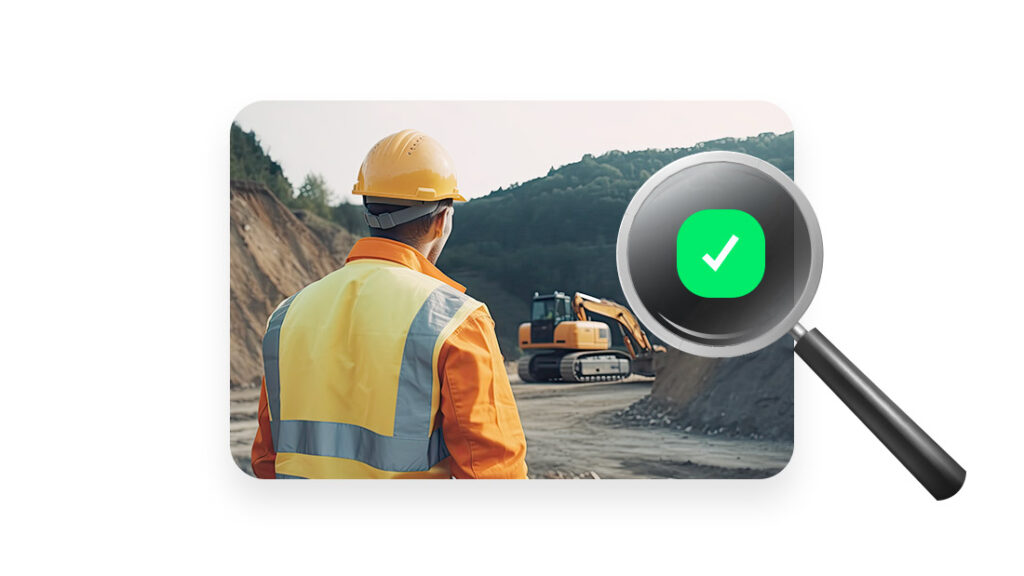
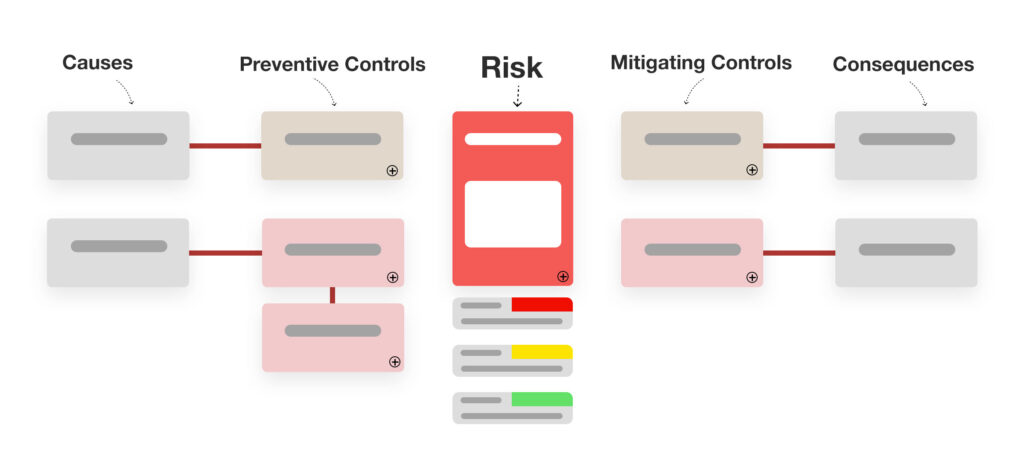

Find out more about it
Ready to enhance your Critical Control Management?
Contact us today and schedule a demo and see CGR in action.

